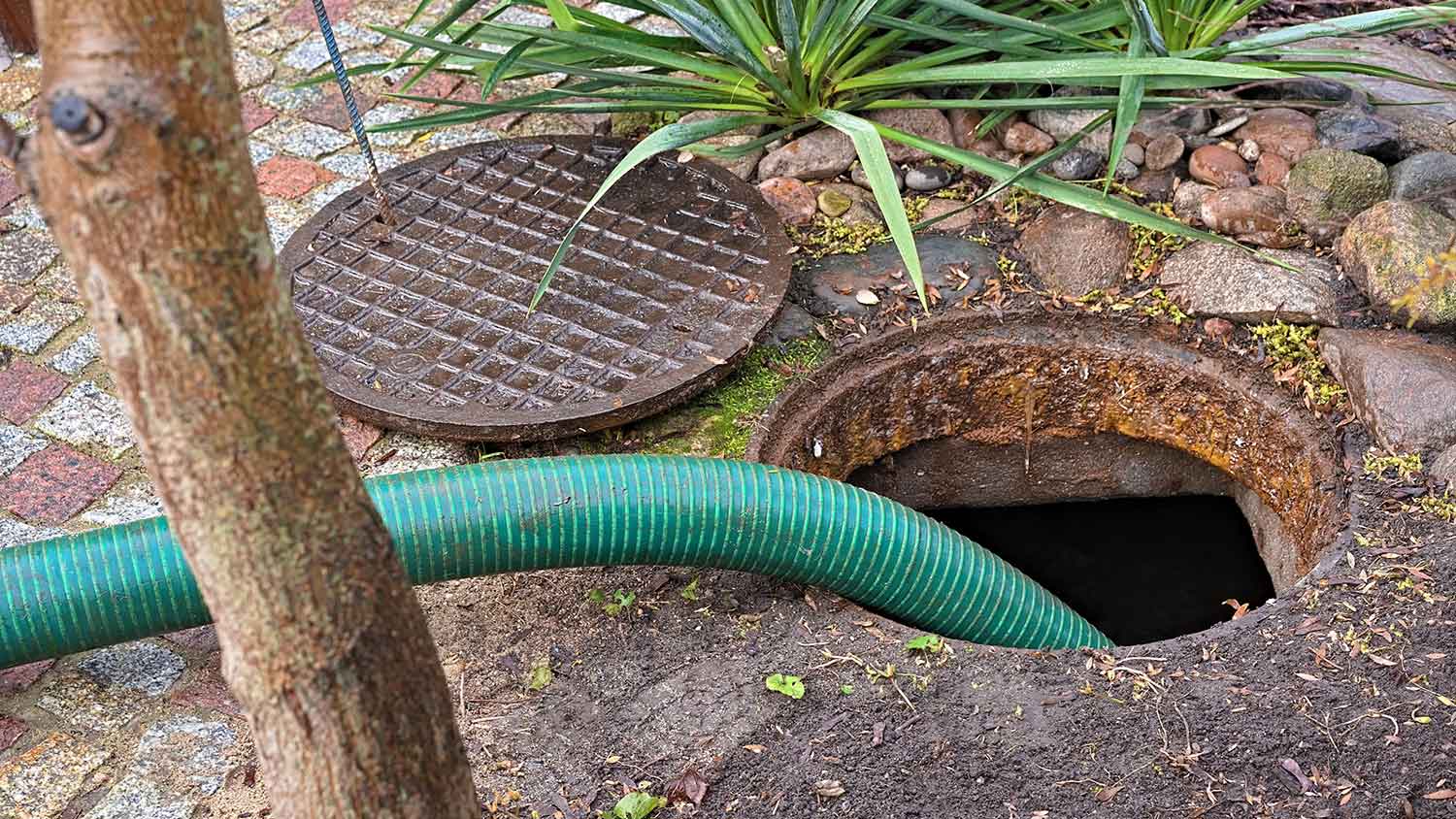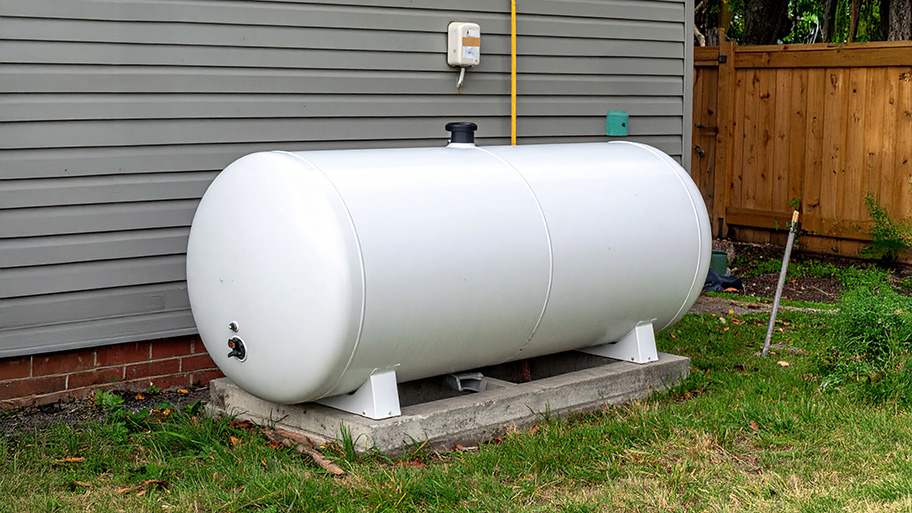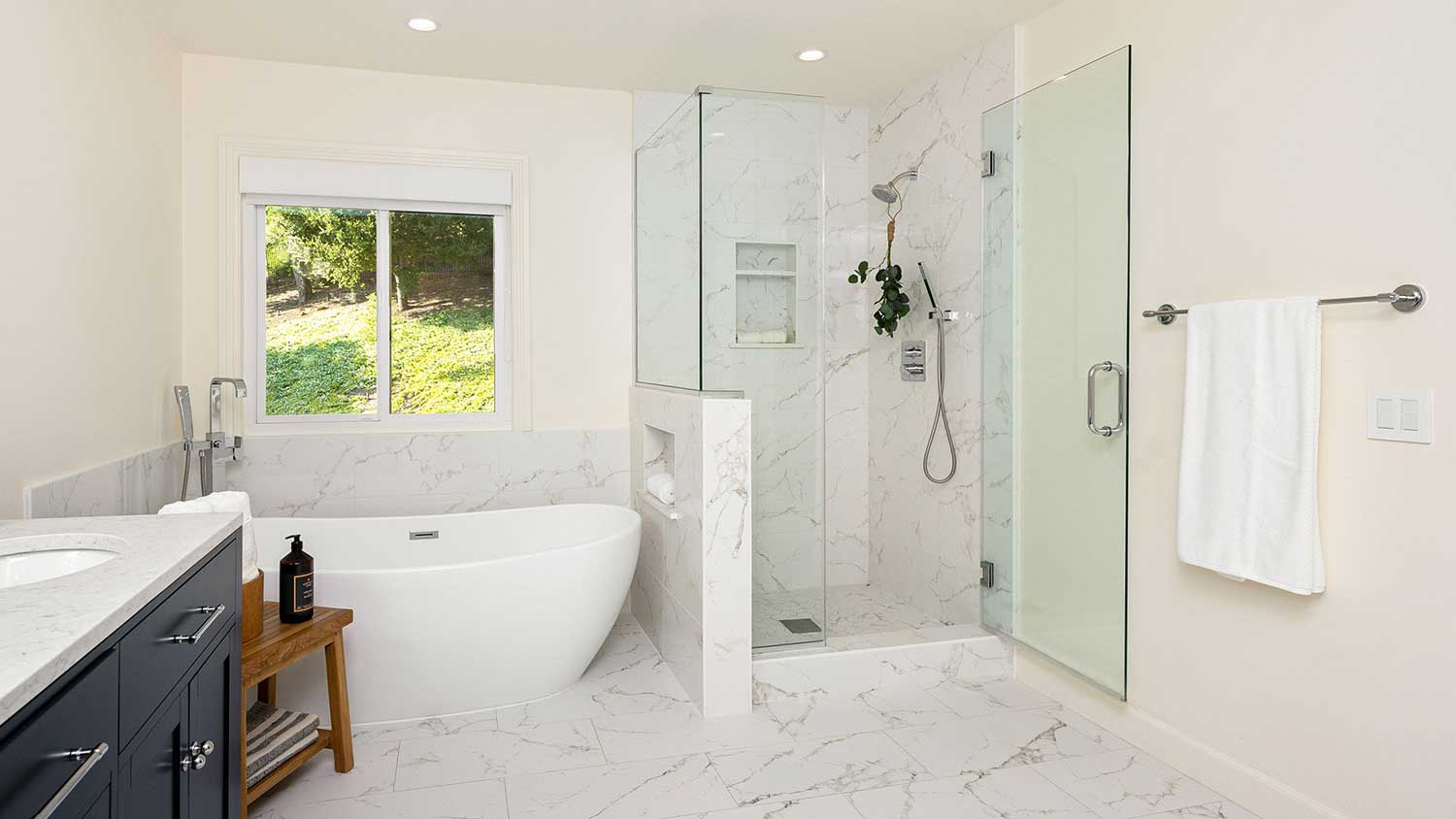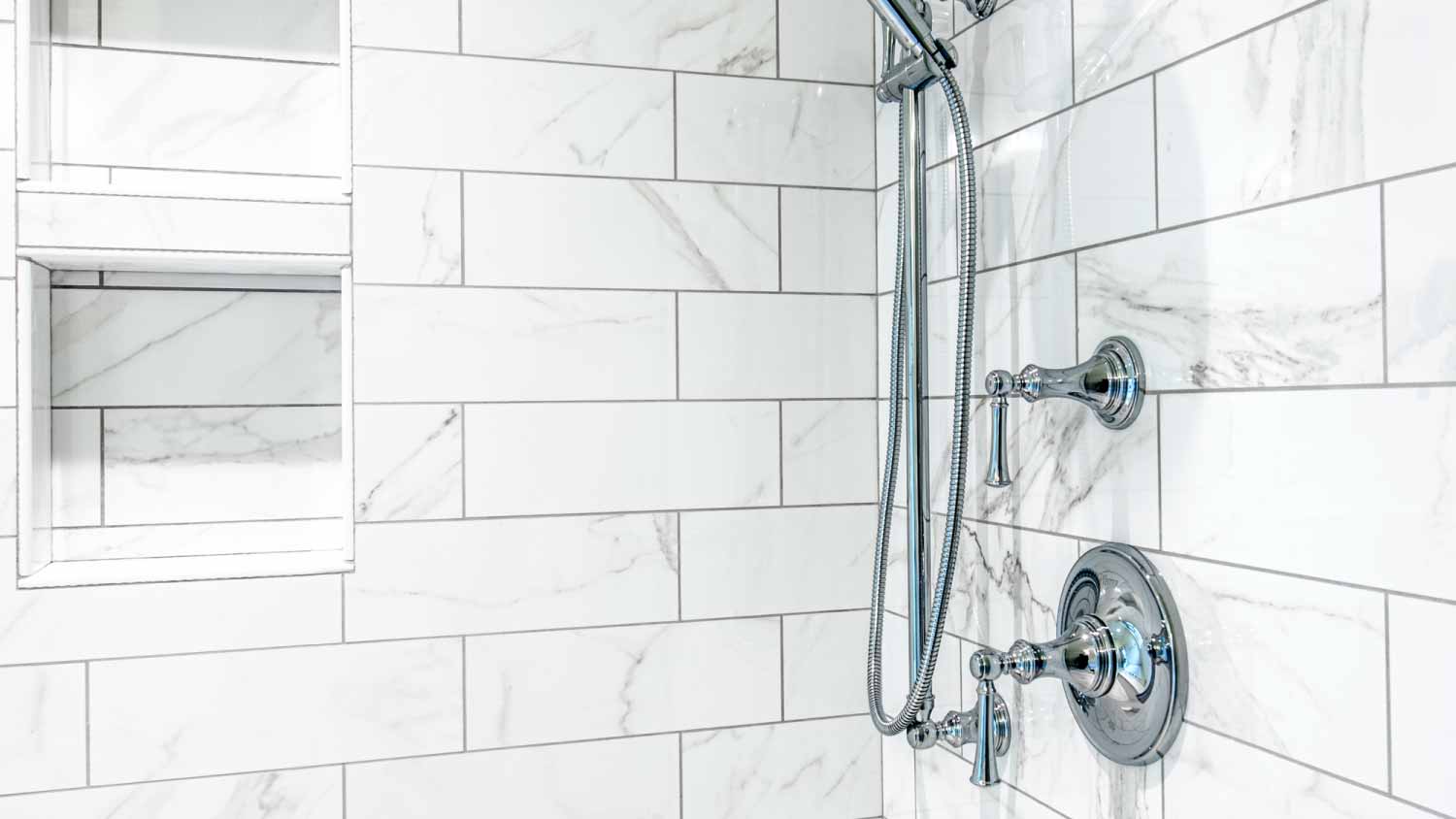
A main water shut-off valve controls water flow for your entire home. Here we break down the cost to replace a main water shut-off valve.
Failing to care for your septic tank properly can leave you overflowing with problems


Septic systems pump and store waste from your home.
Tank pumping costs around $400, or $0.30 per gallon.
Pumping should be done every three to five years.
Replacing a septic system costs between $3,000–$10,000 on average.
Septic system maintenance isn’t crazy complicated, but if you’ve never lived in a home with a septic tank, there are some important things you should do (and not do) to take care of it. Here’s some information about septic tanks, what maintenance you should be doing, and when to clean versus replace it.
Septic systems are used in areas where there’s no centralized sewer system. They are underground wastewater treatment structures that only treat the water on your property. Septic systems have two main elements: the septic tank and the soil absorption (drain) field.
When you have a septic system, all water from your home runs out via one drain pipe into your septic tank. The tank holds the water while the waste separates. The heavy waste becomes sludge and sinks to the bottom of the tank, while the lighter waste floats to the top, forming scum. The system then empties the water from the middle into the soil absorption field. As the soil and the water mix together, the soil naturally removes bacteria from the water.

Because your septic tank is storing the waste that it separates, that waste needs to be pumped out periodically. A good rule of thumb is to have your septic tank pumped every three to five years, but you should have it inspected once a year to keep it in good working order. Septic tank pumping costs around $400, or about $0.30 per gallon.
You may need to have your septic tank pumped more or less frequently based on:
The tank size
The size of your household
How much wastewater you generate
Volume of solids in wastewater
If you have a local septic tank pro inspect your tank yearly, they’ll be able to give you a better feel for how often you should pump your septic tank.
Generally, “pumping” and “cleaning” are used interchangeably when it comes to septic maintenance, but there is a difference between the two. Septic tank pumping means that a pro uses a vacuum and sucks out all the liquids in the tank, including water, scum, and any sludge that will come out. Cleaning means that the company removes all the water and the compacted sludge from the bottom of the tank.
As time goes on, your system will eventually need to be cleaned, as waste will compact on the bottom of the tank. However, pumping your system regularly—like every three to five years, more often depending on the factors mentioned previously—will prevent you from having to replace your system and reduce the frequency with which you’ll need to have it fully cleaned.
There are measures you can take in your home to ensure your septic system runs smoothly. One key thing is to avoid septic tank additives. Septic tanks run on a delicately balanced bacterial system, and when you start adding chemicals into that ecosystem, you can mess it up.
The only things you should be flushing down your toilet are toilet paper and human waste. Anything else can mess up your system, including:
Feminine hygiene products
Dental floss
Cat litter
Paper towels
“Flushable” wipes
Pharmaceuticals
Do your system a favor and stick to only flushing what was intended, and you won’t have to replace it for a long, long time.
You should avoid putting cooking oils or grease, paint, and even chemical drain cleaners down your kitchen drain if you have a septic system. If your drain is clogged, use a drain snake or, if you have metal pipes, pour boiling water down the drain. Never use boiling water on PVC pipes, as it can melt the plastic and break the seals.
Keep in mind that when you have a septic system, your drain field is a huge part of it. Never park cars on your field or plant trees near it, because the roots can interfere with the system. Sump pumps, roof drains, and any other drainage systems should be kept away from the field as well because excess water can leave a soggy mess and slow down the treatment process.
Sometimes, a simple cleaning isn’t enough to get your system in good working order. If your septic tank has a strong odor, wastewater is backing up into your drains, you have pooling water around your system, or you see bright green, spongy grass in your soil absorption field, you probably need to replace your septic system. The cost to install a septic system is between $3,000 and $10,000 to replace, and the cost varies based on location, permitting requirements, and the elaborateness of the system.
From average costs to expert advice, get all the answers you need to get your job done.

A main water shut-off valve controls water flow for your entire home. Here we break down the cost to replace a main water shut-off valve.

A leaky outdoor faucet can mean gallons of wasted water and a higher water bill. Thankfully, the cost of replacing an outdoor faucet is relatively low. Learn the true cost to replace an outdoor faucet so you can know what to expect.

The average propane tank costs between $600 and $2,500, depending on the size, location, and more. Our expert guide explores all the factors.

When budgeting for your dream shower setup, you'll need to decide which of the five shower drain types you'll use. Discover all the ins and outs in this guide.

Plumbing service contracts can provide protection and peace of mind. Read on to learn everything you need to know about these useful legal agreements.

What is a shower valve? Discover how shower valves work, the different types, and learn how to choose the best one for your bathroom.